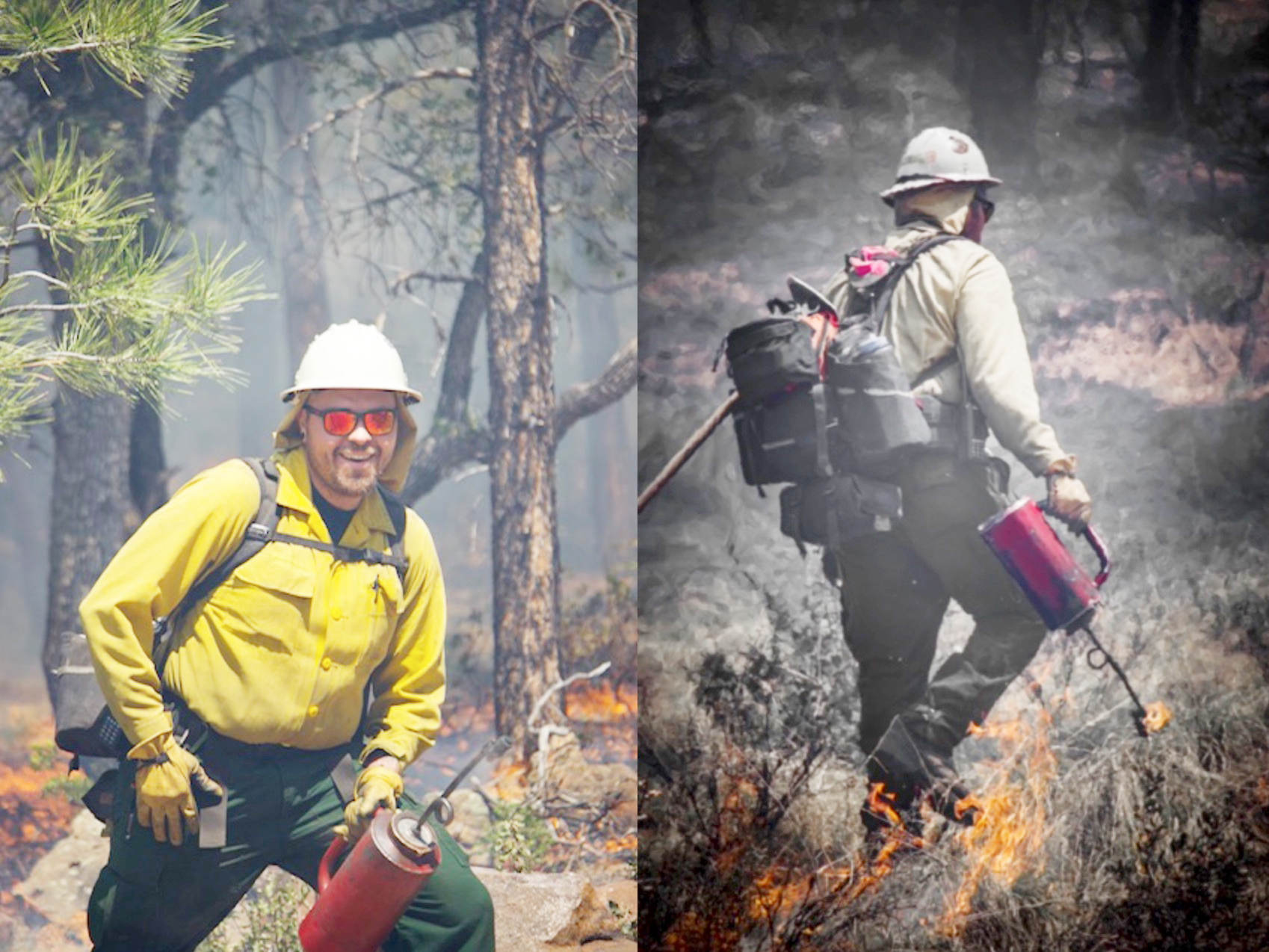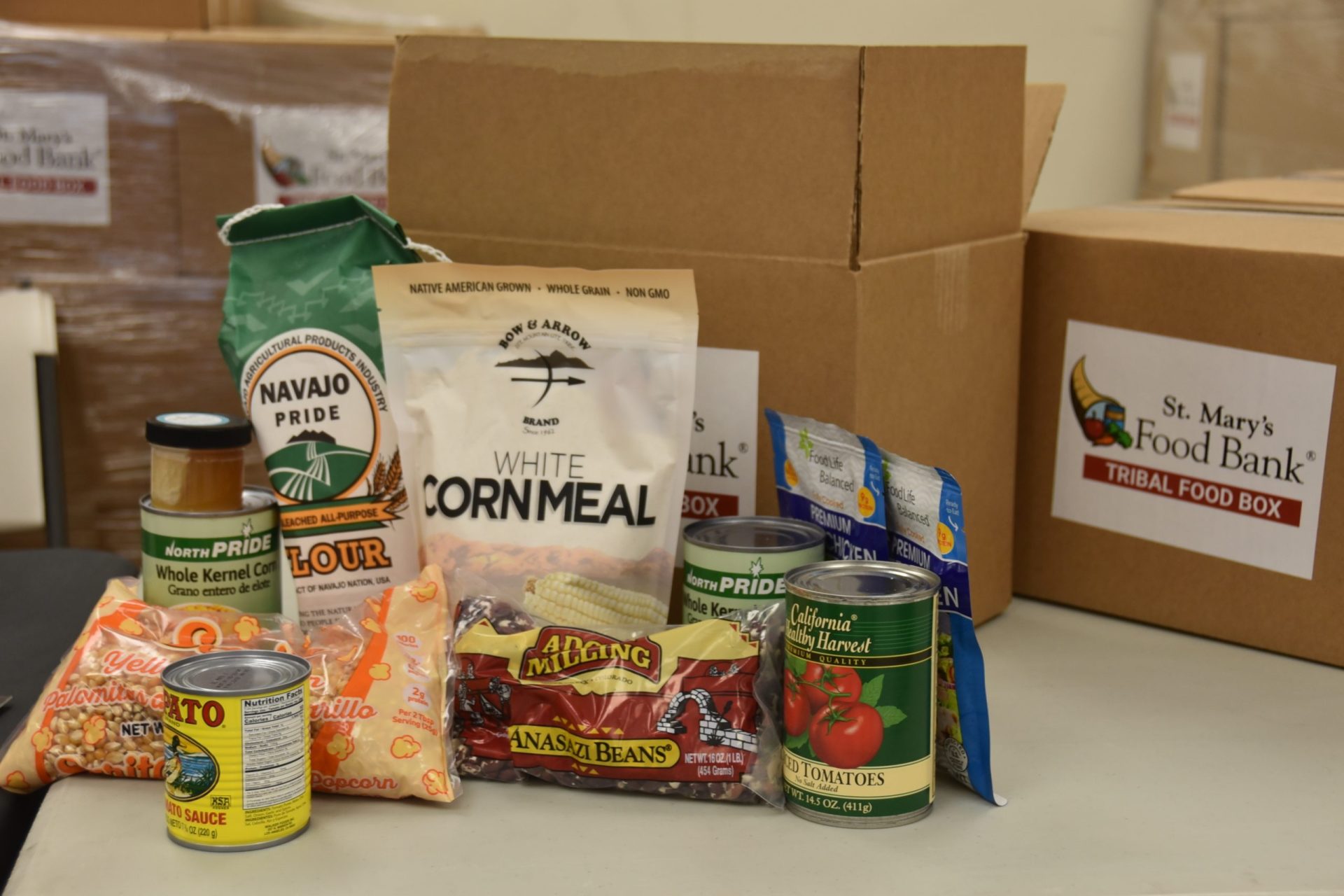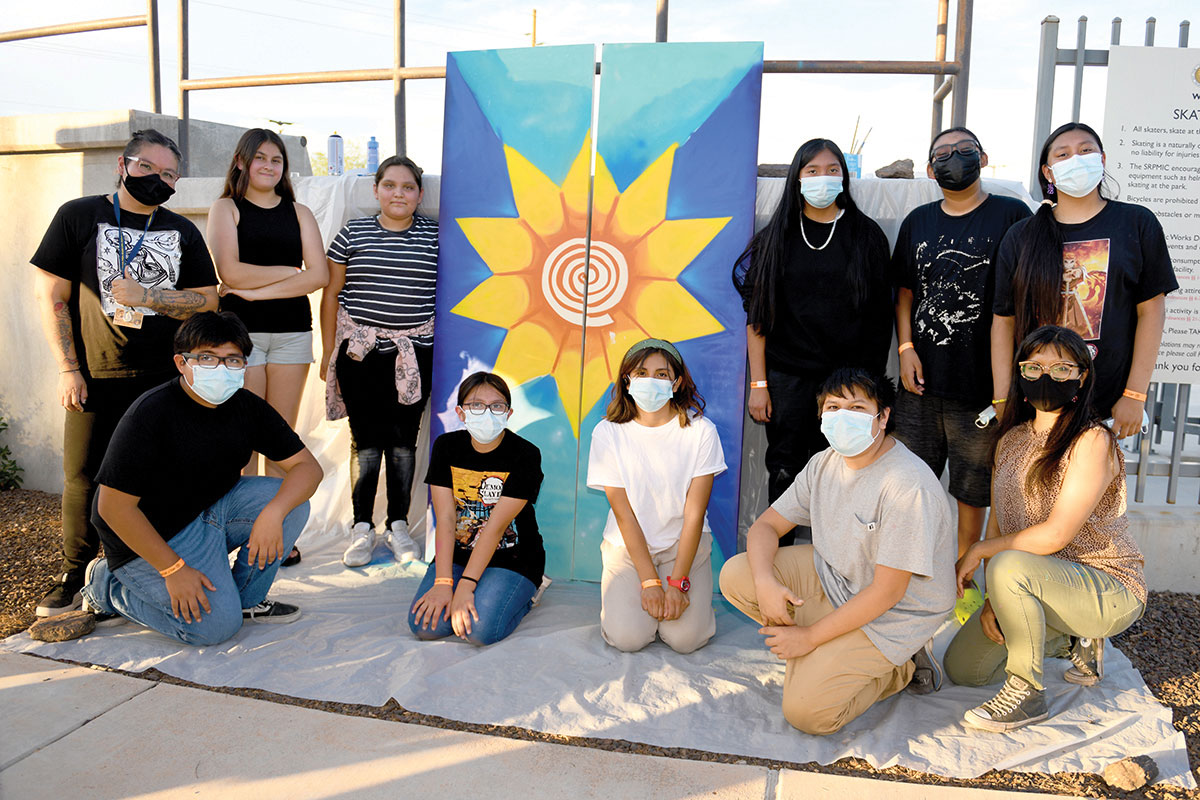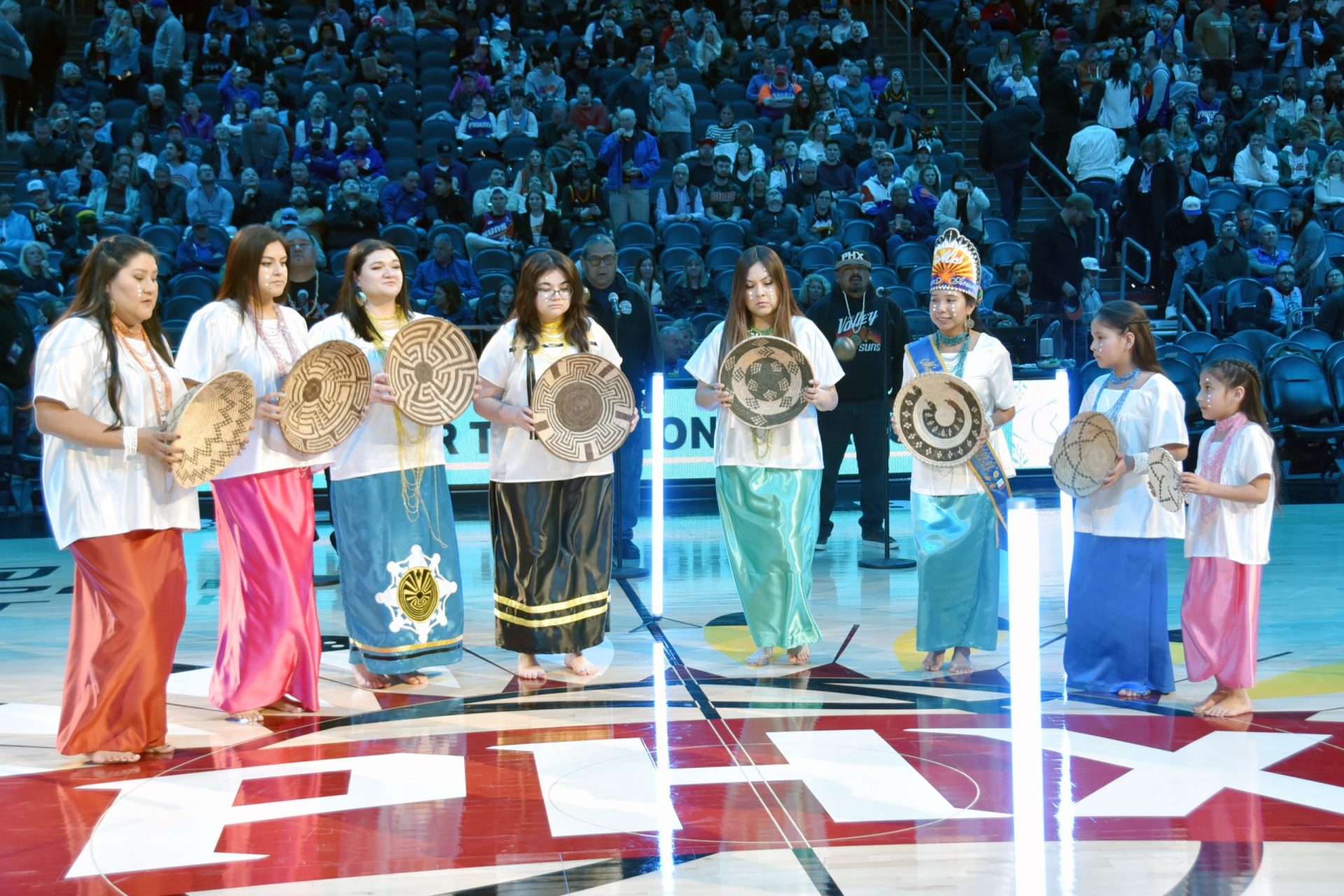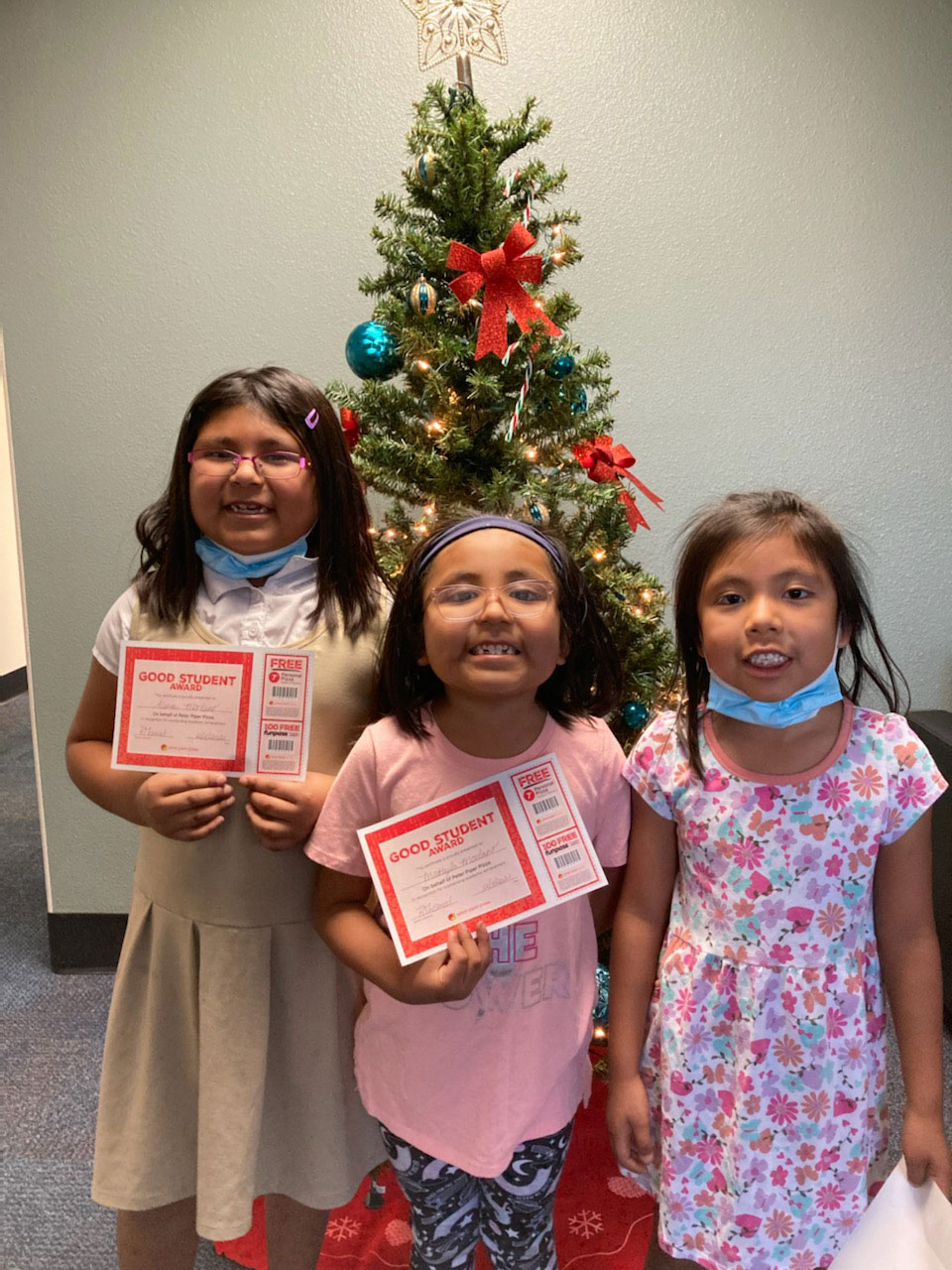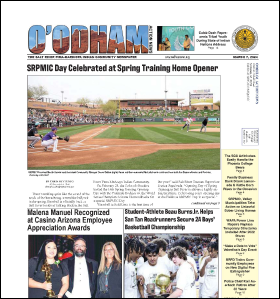VIEWS: 1030
May 16, 2023SRPMIC Member Fights Wildfires With Geronimo Hotshot Crew
Salt River Pima-Maricopa Indian Community member Keith D. Andreas always figured he would end up having a career in the military or become a police officer.
“I always felt I wasn’t meant for a regular nine-to-five job,” said Andreas.
With that outlook, Andreas recently began one of the most difficult jobs on the planet: serving as a crew member of the Geronimo Interagency Hotshot Crew.
Introduced by the San Carlos Apache Tribal Natural Resources Program in 1996, Geronimo is one of seven hotshot crews sponsored by the Bureau of Indian Affairs. They have a pristine reputation as being the best of the best, the ones you would want to put out any wildland fire.
Andreas has been certified in wildland firefighting since 2018, and he said that the best way to describe this type of firefighting is that it is a “marathon,” compared to the “sprint” of a structure fire that a city fire department would tackle.
“Growing up in Arizona, you always see wildfires on the news. It was always something that drew my attention,” said Andreas, who is a firefighter type 2 (FFT2).
The Geronimo Hotshot Crew consists of about 20 wildland firefighters, and they are usually sent to the hottest part of the fire.
“We fight fire with fire,” said Andreas.
“We’ll go to the part of the fire that’s most uncontrolled. We’re trying to save structures, towns, national parks. We try to mitigate the fuel by laying down fire in a prescribed burn using drip torches, … so that by the time the fire gets there, there’s nowhere else for it to go.”
Andreas has lived at the San Carlos Apache Tribe since September 2022. He met his wife there, and she teases him that he married her for the job.
Enrolled at SRPMIC, Andreas received his firefighting certifications through the Pima Agency in Sacaton. This past fire season, he came on board with a contracting firefighting crew in Tucson.
“Being over there revamped my desire to be in the Hotshots,” he said.
In order to be in the Hotshots, Andreas said that you have to meet or exceed certain fitness requirements just to be considered for an interview, such as finishing a 1.5-mile run in 10 minutes, 35 seconds or faster, or doing 25 or more pushups in one minute.
Andreas said the job is pretty hard, but he likes a good challenge.
“People who know me know I like to push myself. I’m always running 5 to 8 miles, [because] I just wanted to see if I could handle it. And now I’m here,” he said.
“Sometimes I forget that I’m where I wanted to be a year ago. It’s cool to step back and just realize I’m finally doing what I’ve always talked about doing. One thing I want people to know is, whatever you want to do or who you want to be, just figure out how to get there and just do it,” Andreas added.
Currently, the crew is available through the national fire dispatch agency, and when they’re not on wildfire assignment, they’re working on the San Carlos Apache Reservation waiting for the call.

